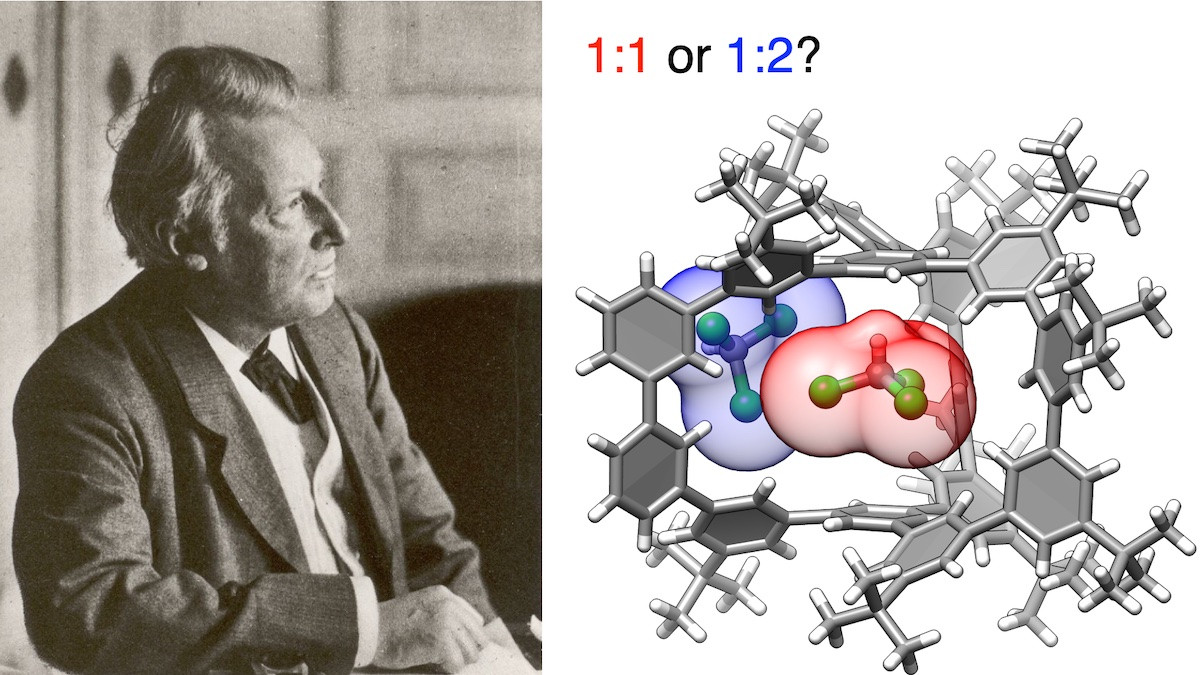2023-12-22 カリフォルニア工科大学(Caltech)

Schematic describing potential PAH formation processes: one around a hot star, and one in the cold interstellar medium.Credit: Courtesy of S. Zeichner
◆この発見は、地球に炭素がどのように到達したかを理解する上で重要であり、小惑星からのサンプルリターンが有機化合物の研究に貢献する可能性があります。
<関連情報>
- https://www.caltech.edu/about/news/asteroid-samples-reveal-origins-of-organic-molecules-in-the-early-solar-system
- https://www.science.org/doi/10.1126/science.adg6304
リュウグウのサンプル中の多環芳香族炭化水素は星間物質で形成された Polycyclic aromatic hydrocarbons in samples of Ryugu formed in the interstellar medium
Sarah S. Zeichner,José C. Aponte,Surjyendu Bhattacharjee,Guannan Dong,Amy E. Hofmann,Jason P. Dworkin,Daniel P. Glavin,Jamie E. Elsila ,Heather V. Graham,Hiroshi Naraoka,Yoshinori Takano,Shogo Tachibana,Allison T. Karp,Kliti Grice,Alex I. Holman,Katherine H. Freeman,Hisayoshi Yurimoto,Tomoki Nakamura,Takaaki Noguchi,Ryuji Okazaki,Hikaru Yabuta,Kanako Sakamoto,Toru Yada,Masahiro Nishimura,Aiko Nakato,Akiko Miyazaki,Kasumi Yogata,Masanao Abe,Tatsuaki Okada,Tomohiro Usui,Makoto Yoshikawa,Takanao Saiki,Satoshi Tanaka,Fuyuto Terui,Satoru Nakazawa,Sei-ichiro Watanabe,Yuichi Tsuda,Kenji Hamase,Kazuhiko Fukushima,Dan Aoki,Minako Hashiguchi,Hajime Mita,Yoshito Chikaraishi,Naohiko Ohkouchi,Nanako O. Ogawa,Saburo Sakai,Eric T. Parker,Hannah L. McLain,Francois-Regis Orthous-Daunay,Véronique Vuitton,Cédric Wolters,Philippe Schmitt-Kopplin,Norbert Hertkorn,Roland Thissen,Alexander Ruf,Junko Isa,Yasuhiro Oba,Toshiki Koga,Toshihiro Yoshimura,Daisuke Araoka,Haruna Sugahara,Aogu Furusho,Yoshihiro Furukawa,Junken Aoki,Kuniyuki Kano,Shin-ichiro M. Nomura,Kazunori Sasaki,Hajime Sato,Takaaki Yoshikawa,Satoru Tanaka,Mayu Morita,Morihiko Onose,Fumie Kabashima,Kosuke Fujishima,Tomoya Yamazaki,Yuki Kimura,and John M. Eiler
Science Published:21 Dec 2023
DOI:https://doi.org/10.1126/science.adg6304
Editor’s summary
Astronomical observations show that polycyclic aromatic hydrocarbons (PAHs) are abundant and widespread in the interstellar medium. PAH molecules consist of several adjacent aromatic rings terminated by hydrogens. Zeichner et al. performed laboratory isotopic analysis of PAHs in samples of the asteroid Ryugu that were collected by the Hayabusa2 spacecraft. They found that two 13C nuclei occurred in the same molecule more often than would be expected if 13C were randomly incorporated into PAHs. This isotope fractionation effect occurred during formation at temperatures under 100 kelvin. The authors argue that at least some of the Ryugu PAHs must have formed in cold interstellar clouds and thus predate the Solar System. —Keith T. Smith
Abstract
Polycyclic aromatic hydrocarbons (PAHs) contain ≲20% of the carbon in the interstellar medium. They are potentially produced in circumstellar environments (at temperatures ≳1000 kelvin), by (~10 kelvin) interstellar clouds, or by processing of carbon-rich dust grains. We report isotopic properties of PAHs extracted from samples of the asteroid Ryugu and the meteorite Murchison. The doubly-13C substituted compositions (Δ2×13C values) of the PAHs naphthalene, fluoranthene, and pyrene are 9 to 51‰ higher than values expected for a stochastic distribution of isotopes. The Δ2×13C values are higher than expected if the PAHs formed in a circumstellar environment, but consistent with formation in the interstellar medium. By contrast, the PAHs phenanthrene and anthracene in Ryugu samples have Δ2×13C values consistent with formation by higher-temperature reactions.



